Our Blog - Bretagne Trip - Summer 2021 - Elven, France
The first stop around the village of Elven was at the Fortress of Largoët, sometimes known as the Towers of Elven. A castle is mentioned for the first time in 1020, belonging to the baron of Elven, Derrien I, but the present building was constructed between the 13th and 15th centuries. The Darriens were succeeded by the Malestroit family in the 13th century and by the Raguenel family at the beginning of the 15th century. Jean IV de Rieux, marshal of Brittany, acquired it in 1461 on his marriage to the heiress of the Raguenel family. By the time that the Fouquet family took over in 1656, it was in a state of neglect. It has been in the same family for 3 centuries.
This isn't part of the original castle, but added later. It now has the ticket office and a place to buy a drink. We thought that the best part of it was the bunny statues.

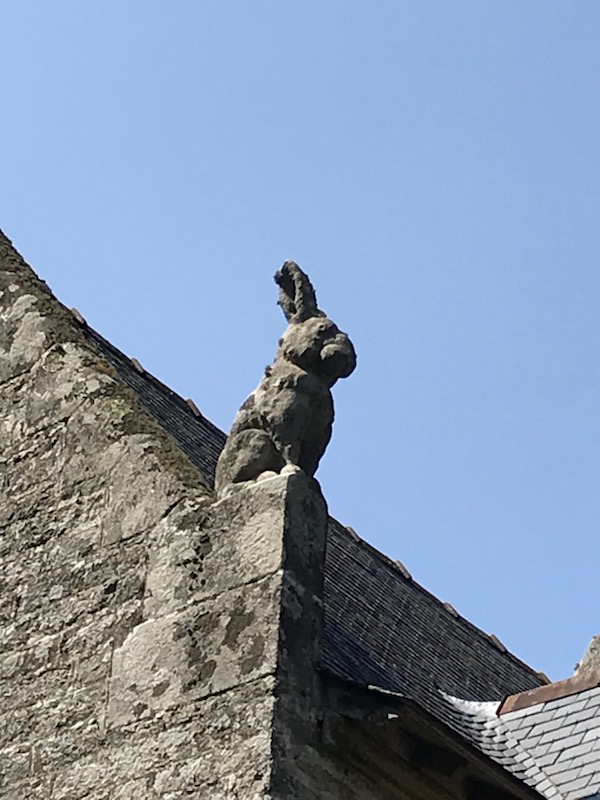
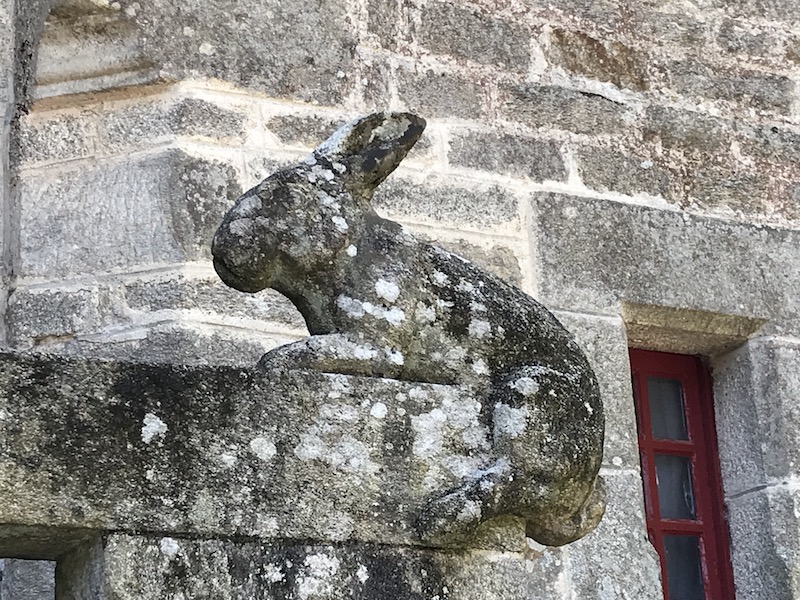
After walking a bit through the wooded property, you get to the main part of the castle. Outside of the former moat is the remains of a chapel, which dates to the first 1/2 of the 15th century. The chapel of Notre-Dame, fell into ruins before the French revolution. Unfortunately, the altar was situated in the demolished part, so we can't see it. There really isn't much left except for one end.
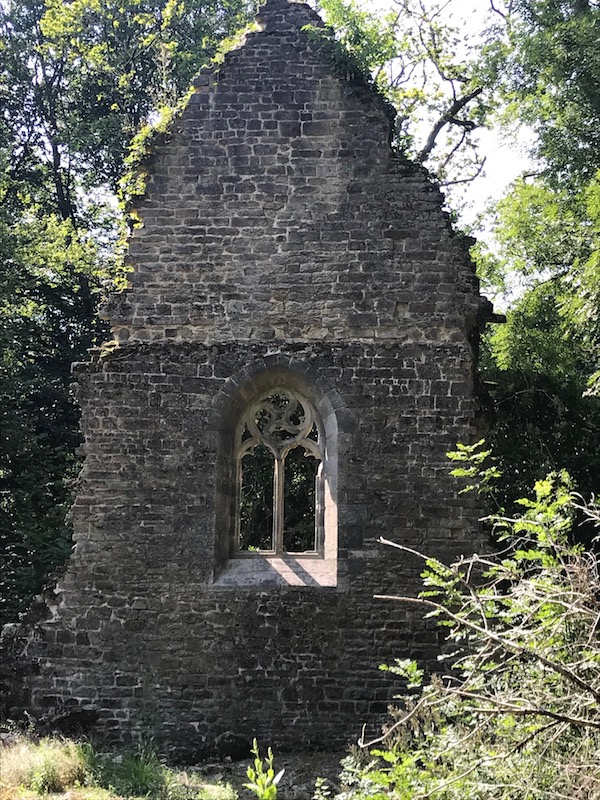
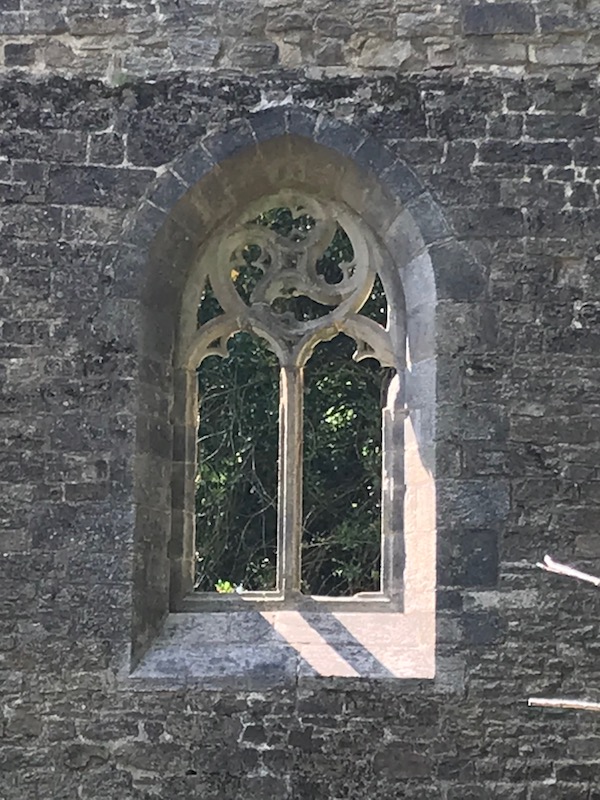
Here you can see the 13th-century entry door with the octagonal tower in the background. This small island was surrounded by water (lake on one side and the moat on the other 3). There is a little bridge that you walk over to get to the gatehouse. In the 1470s, the marshal Jean IV de Rieux had a new facade built. It has two drawbridges (one for carriages and the other for pedestrians) and slits for defense (arrows and later small caliber firearms). The coat of arms above the door shows the ten coins (bezants) at the bottom (from the family of Jean IV de Rieux, marshal of Brittany) and the head of a wild boar (a symbol of the Raguenel and Malestroit families).

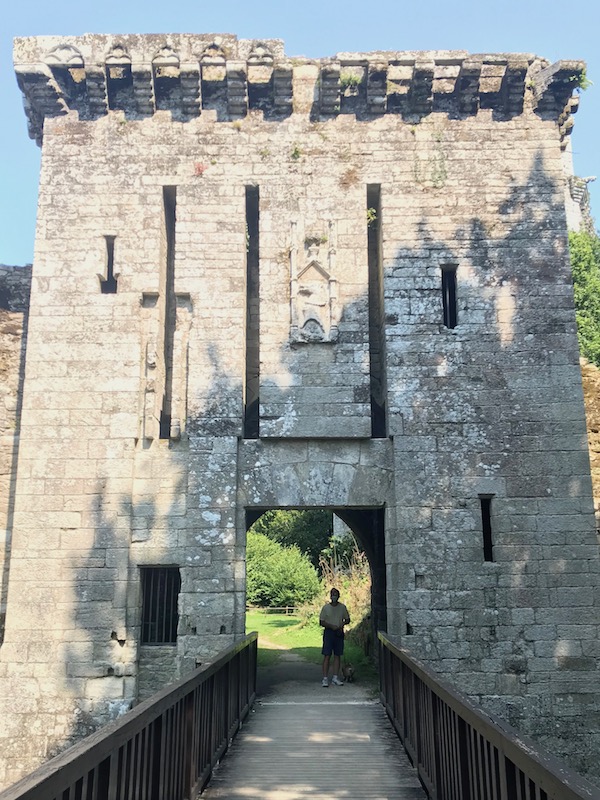
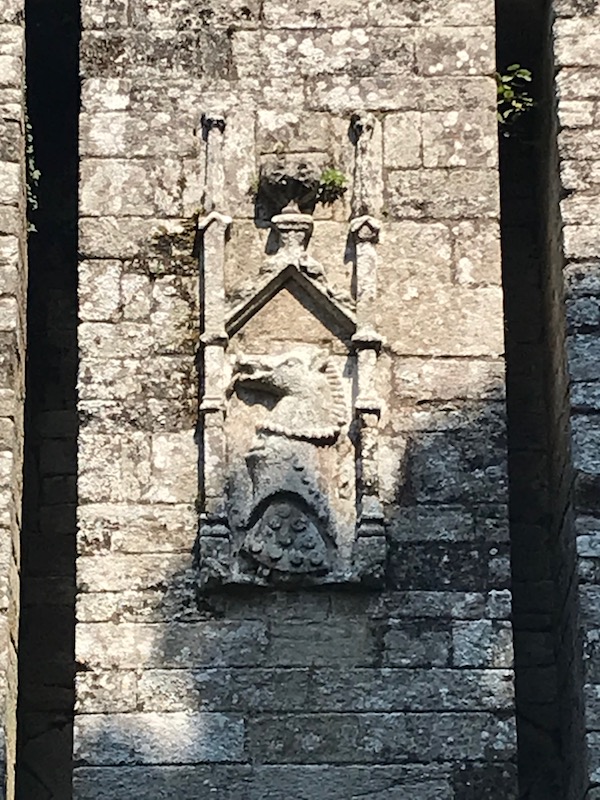
The Octagonal Tower is really the only thing that you can go into. It was built in the first 1/2 of the 15th century (same as the chapel) and was a residential tower modeled on one at the Chateau of Vincennes. As you will see from the pictures, there isn't much that you can tell from the inside. There are two sets of spiral stairs to go from one floor to the next. On the ground floor, there were guardrooms to protect the family who lived above. The lady of the house was on the 1st floor, then the lord on the 2nd. The 3rd floor had another chapel and then the children would be on the 4th floor. Above that was the attic. An interesting thing in this tower is that all of the floors had a bathroom, placed at the end of an elbow shaped corridor to avoid the spread of unpleasant smells. Each bathroom linked to a single conduit that allowed everything to fall into a shared pit in the basement.
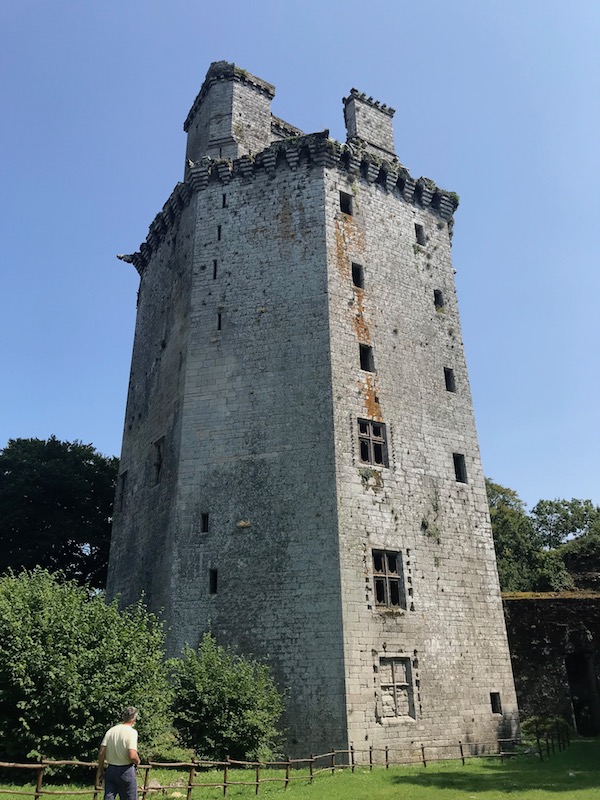
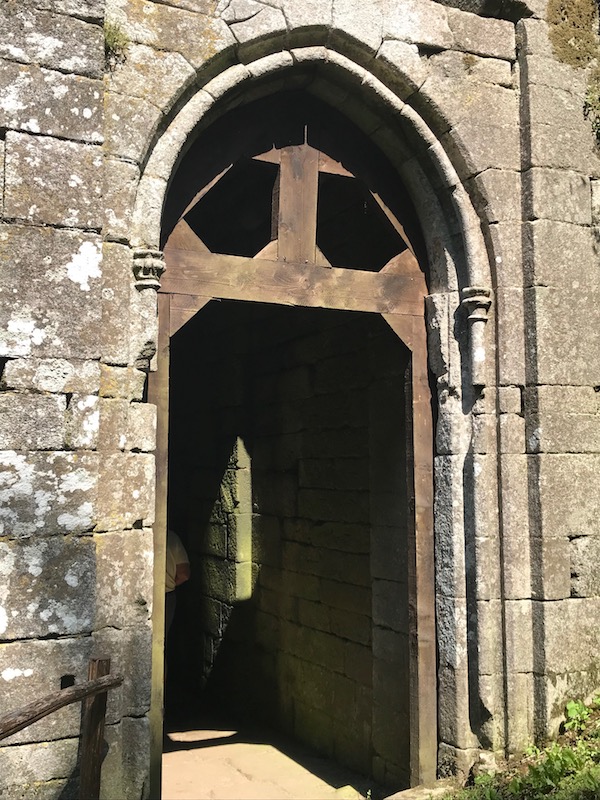


While this looks like an empty center of the tower, this is actually where each room would be. Behind the openings that you see where the staircases that linked each floor. You can see how there are platform areas on the walls at each level, where wooden beams and planks would make up a single room. Each room (other than the chapel) had its own fireplace for heat, which you can see here .. the wood beams and planks would rest on the ledge just below the fireplace.
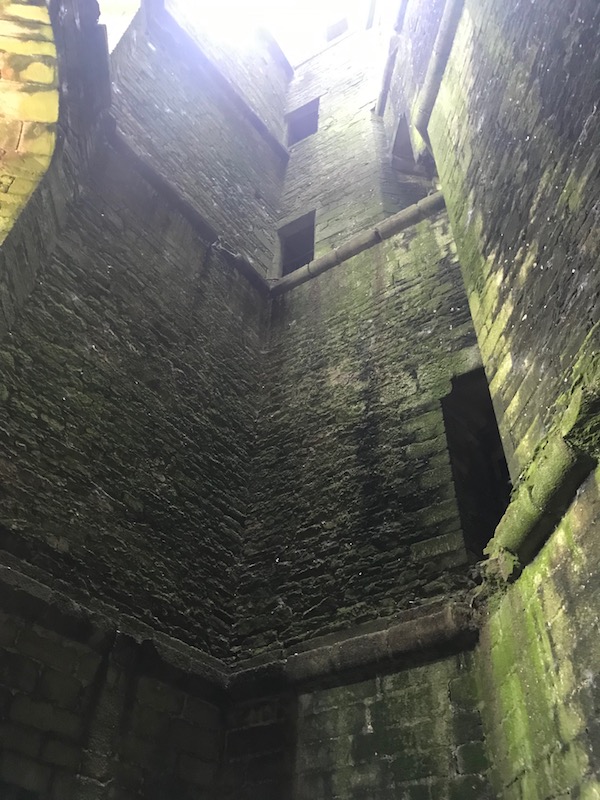
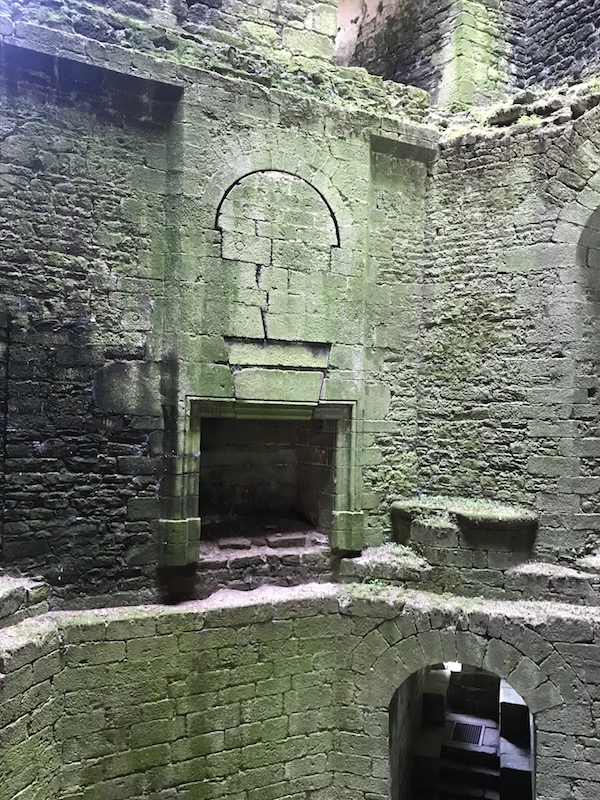
This picture shows the top of the spiral staircase, with a vaulted roof.
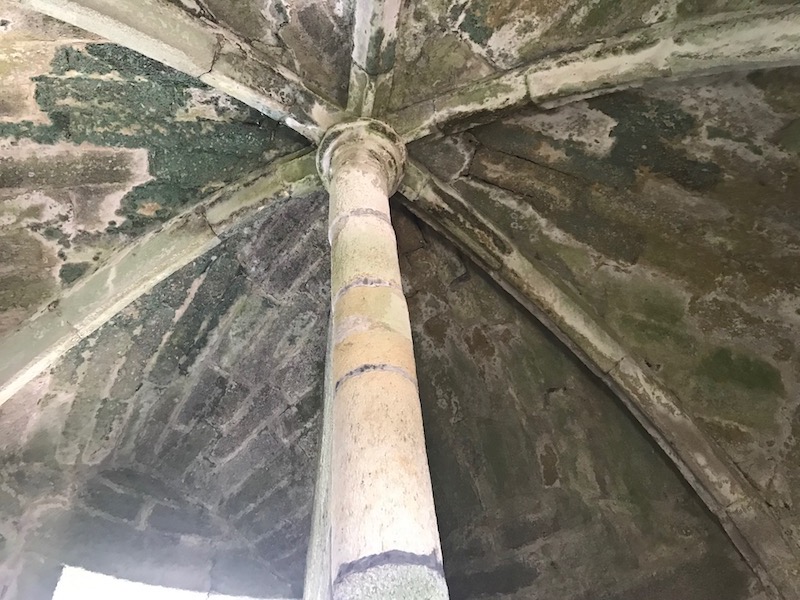
The round tower dates from the 2nd 1/2 of the 15th century and was restored in 1905. It is probably the work of Jean IV de Rieux, modelled on the tower of the constable of the ducal castle of Vannes. The residential floors, all equipped with fireplaces and latrines, were linked to the buildings on either side of the gatehouse by a wooden galleries. The first picture shows the tower from outside, taken standing in what used to be the moat. The second from inside of the walls.
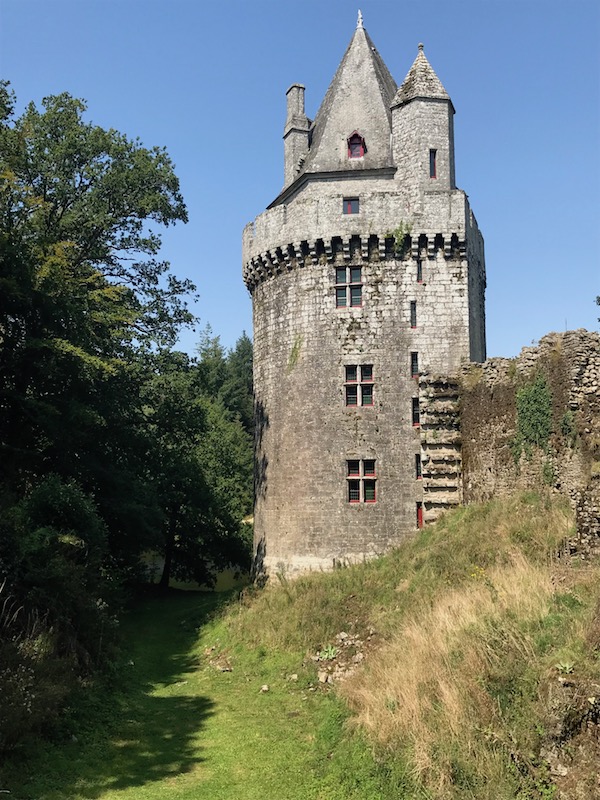
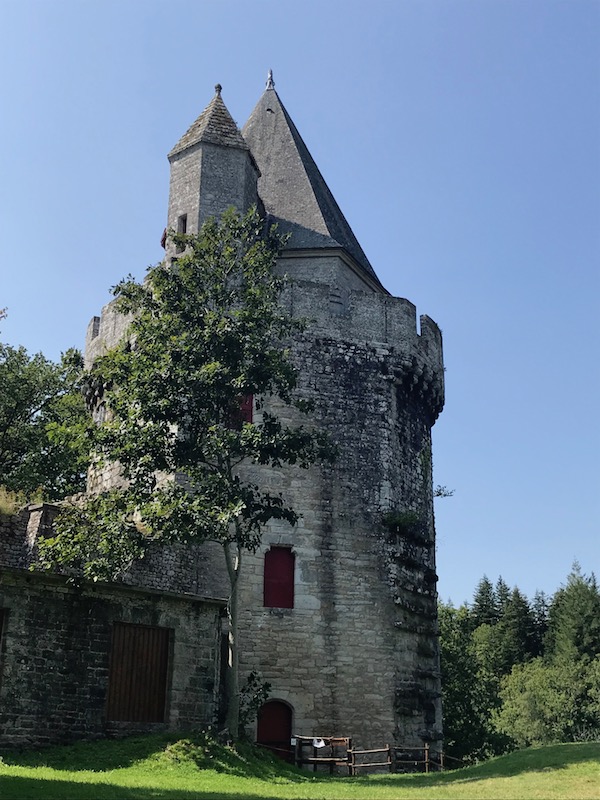
Next into the village of Elven. While there is evidence of settlement here traced back to the Bronze Age, the village of Elven was founded by religious leaders who emigrated across the Channel from Britain in the 5th century. The name comes from Saint Elwen. Due to its proximity to one of the main highways, it is a vibrant village, doubling in size between 1982 and 2017 to just over 6,000. There were quite a few businesses, including stores and cafes, right around the church.
The church of St Alban is dedicated to Alban of Verulamium, who is the patron saint of Elven. The Normans burned the first wooden church and in 1121, a Romanesque church was built. It was destroyed by fire in 1525 and a Gothic church was subsequently built. All that remains of this church is the choir and in 1536, the nave was rebuilt in a neo-Gothic style. The bell tower was added in 1642. In the 19th century, the structure was restored and the nave and transept were rebuilt.

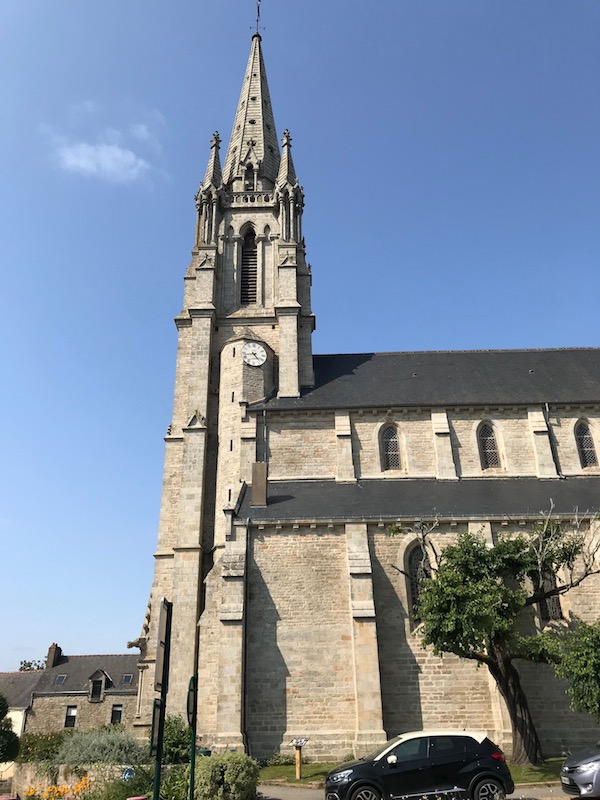
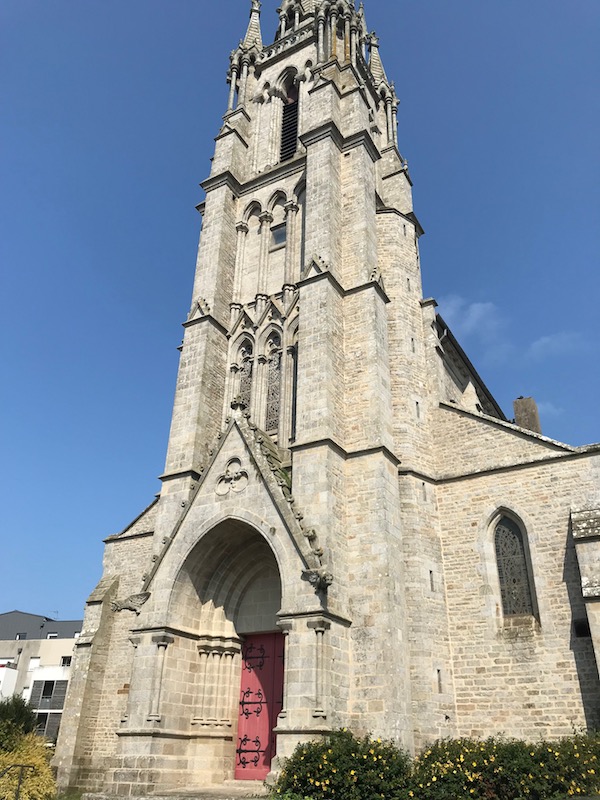
The inside if fairly sparse, mostly due to all of the reconstructions. But you can clearly make out the Gothic arches on the sides. You can also see how the design of the choir/altar area is different than the rest of the church.
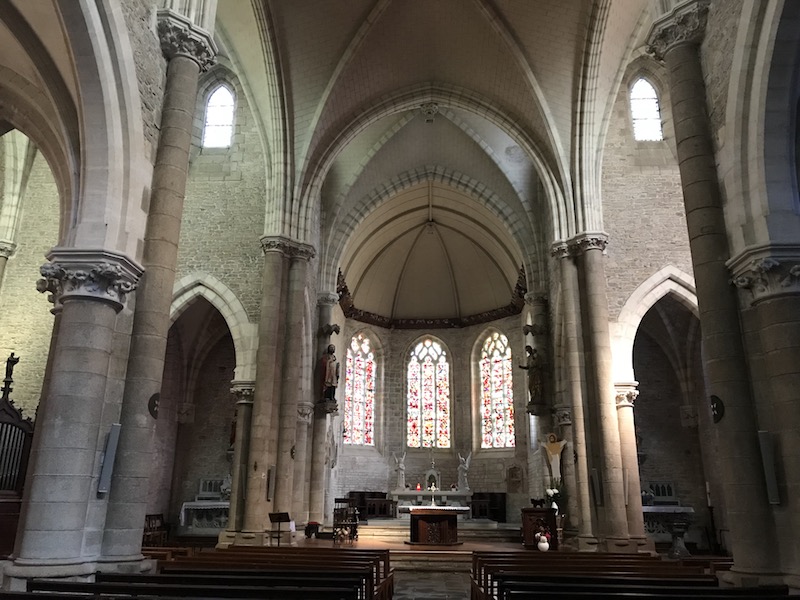
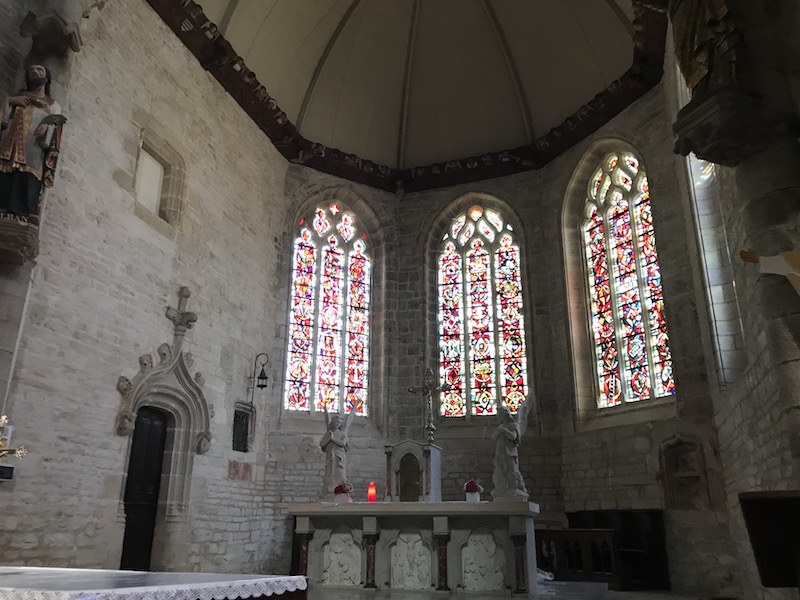
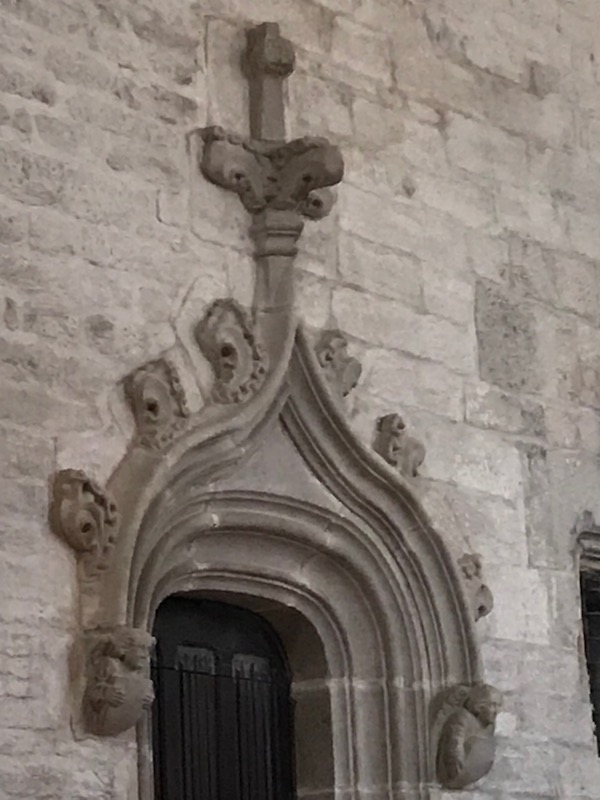
The columns have really nice carvings at the top.
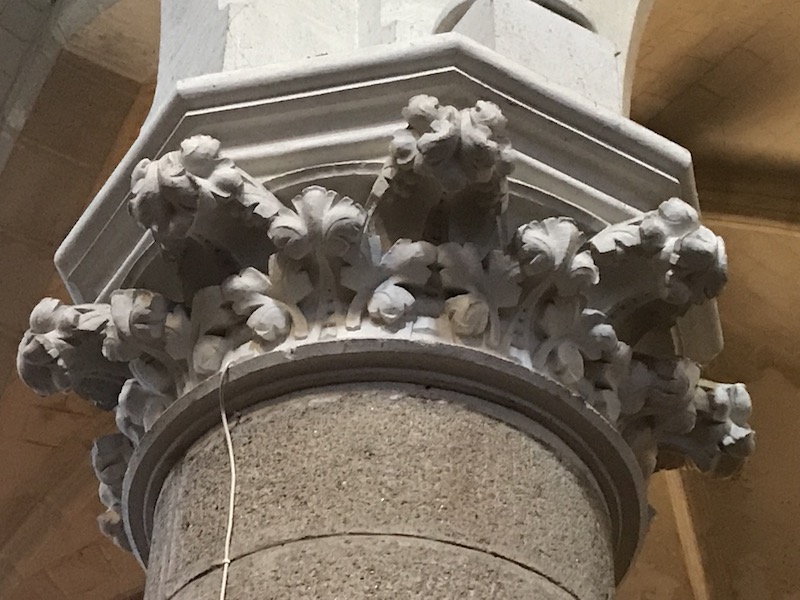
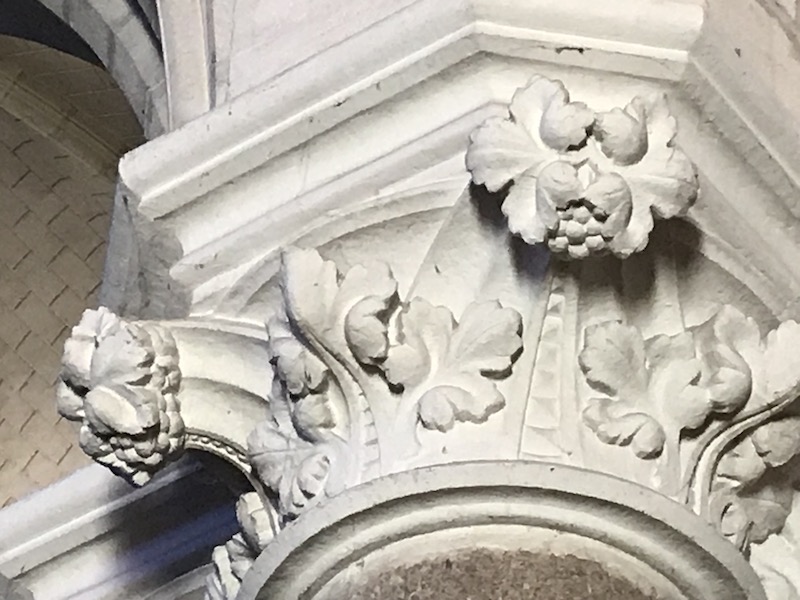
The stained glass windows seem quite new to me :-)

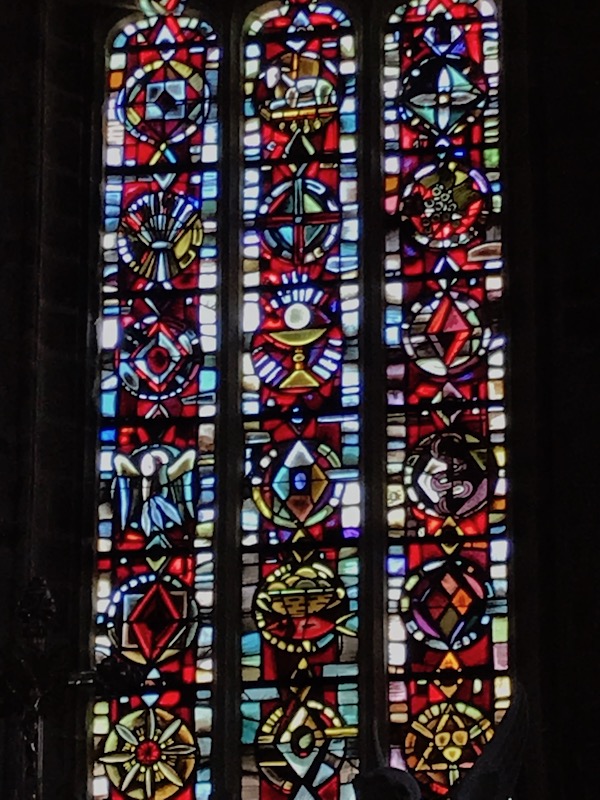
A point of trivia: during the German occupation, Elven was the scene of the first airborne operation from England by paratroopers of the Free French Forces on March 15, 1941. This operation, dubbed Operation Savanna, was to eliminate Luftwaffe pilots installed at a camp in the nearby village of Meucon, but the mission failed.